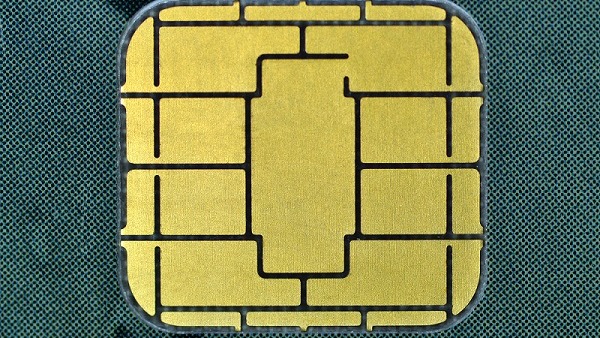
ayThink Have patience. EMV’s bumpy merchant migration is worth it.
By PaymentsSource
One year after EMV implementation in the US market, we have only seen less than 35% merchant penetration.
However, little formal or official education accompanied the shift when it took effect in October 2015 and retailers were understandably reluctant to change during the holiday season. Adoption continued to lag in 2016 as merchants who had EMV terminals delivered and ready in their stores had to wait months for a qualified technician to come and certify it.
Right now, customers face a messy patchwork of payment norms. There’s confusion as to whether or not a customer must dip or swipe their card and thus some are encouraged to try faster mobile payment instead. With dipping, there have been occasions when customers had to wait at checkout while the card took 20 seconds to authorize. That’s improving with new measures from the card networks but, again, the upgrades are happening piece by piece.
The only thing that will feel familiar is the signature — and that’s not a good thing. Industry experts have objected that swapping to chip-and-PIN would have been far safer. The banks weren’t willing, meaning, U.S. cards still aren’t as secure as in other countries which made the switch to both chip-and-PIN.
So far, the cost of the EMV shift has felt high to both merchants and consumers. Much of this could have been mitigated with better education and more realistic planning. But even then, it wouldn’t have been frictionless. So why are we bothering?
In essence, the answer comes down to stopping fraud. The old magnetic stripes were famously easy to copy and counterfeit, and by 2013, the U.S. accounted for 51% of global payment card fraud costs. With the rest of the world already implementing or moving toward EMV, the U.S. had become a magnet for fraudsters.
Visa announced a series of initiatives on June 16 designed to simplify and accelerate the path to certification and blunt the impact of up to 15% of chargeback volume for the next 20 months in order to give the ecosystem time to catch up.
Visa has also opened up a path that allows acquirers to “Self-Certify,” meaning Visa will give acquirers greater discretion to determine the appropriate level of testing required to ensure a merchant’s solution is ready. The logic behind that choice is that an acquirer will know its partner merchant’s system better than anyone and thus is ideally positioned to cut down wait times. Visa is also exploring how acquirers can share certification test results with each other to avoid testing duplication.
Visa’s new initiatives also include funding to support this new testing and certification program for acquirers and VARs that develop the software to power chip terminals and pre-certify their software solutions. Visa will field a team of EMV experts who will provide technical support and training as needed.
In June, Mastercard unveiled a new EMV chip terminal testing and certification program that speeds chip terminal deployment to hours, rather than days, allowing merchants to move more quickly to EMV. The new program maintains terminal testing and certification quality and empowers merchant bank acquirers and value-added resellers to take more responsibility in the process.
Under EMV, fraud charges typically go to the card issuer unless the merchant is not EMV compliant. While many merchants keep waiting for the EMV terminal certification, they remain liable for all fraudulent transactions. Merchants feel this situation has been created by the schemes and legal actions against the schemes have already started.
EMV is already working. Mastercard said counterfeit card fraud is down at its Top 5 EMV-enabled merchants by more than 60% since October 2015. Of course, that’s not as helpful as it might be, since currently only 30% of merchant locations on Mastercard’s network are able to accept chip cards, but it’s a good indication. EMV has been troublesome, confusing and annoying, but it does do what it was intended to do – cut counterfeit fraud.
First appeared at PaymentsSource





